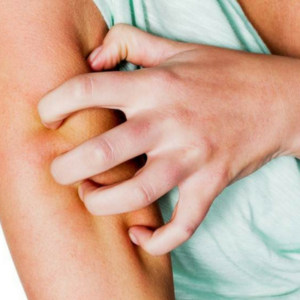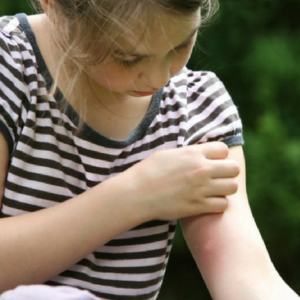As the warm weather finally arrives on the east coast, it’s the perfect time to get outside and enjoy some fun in the sun. As we venture outside, we’re bound to encounter some pesky bugs who’ve been desperately waiting to give us their special welcoming. We’ve all been gotten insect bites during the summer and received the gift of an itchy bump or sharp sting here and there. Though these bug bites aren’t fun and can be a buzz-kill, we know that for the most part, they’re usually harmless.
Even though bugs are generally harmless, there are some severe consequences if you get bitten by the wrong one. Sometimes figuring out what bit you can be tricky, though it’s essential to determine if you’re at risk for further implications to your health and well-being. Usually you can tell the moment something bites you and hopefully, you’ll be able to see and identify what it was, but that’s not always the case. Here are some tips on how to handle bug bites on the east coast.
Know the signs
Knowing what bit you is undoubtedly the primary concern when it comes to treatment and risk assessment. By analyzing the bite mark you can learn a lot.
- Bed Bugs: Bed bug bites are small red bumps that are painful. They usually itch, burn, and can also cause blisters and welts as well. They have a dark center with a lighter perimeter, most likely left in a zig-zag pattern.
- Bee Sting: most people will usually know when they’re stung by a bee from the immediate pain. Bee stings leave behind a red welt and often leave their stinger inside.
- Flea Bite: Typically on the ankles and legs of humans. Leave small red bites with reddened halos surrounding them. Extremely itchy. Tend to be where your clothing is tight on your body.
- Mosquito Bites: Mosquitos leave a classic raised red bump that itches.
- Spider: Red skin surrounds the area. It tends to spread and numb the area. If there are two puncture holes, odds are it could be a black widow, which is extremely venomous. If your skin turns purple and blue or becomes an open sore, it could be from a brown recluse. Spider bites can cause cramps, nausea, vomiting, and sometimes even seizures.
- Ticks: Tick bites leave the classic red “bull’s eye” marking.
- Fire Ant Bites: swelling of about a half inch high, fills with pus eventually.


Try and remember where you were bitten
It’s critical to try and take yourself back to the time you think you may have been bitten. Certain insects live in specific areas and by having a good idea of where you were at the time you were bitten can narrow down the possible suspects. If you were recently outside you were most likely bit by a mosquito, tick, or spider. Flies and bees usually get you when you are by trash or food. If you assume that you were bitten indoors and were sitting on the floor or playing with a pet, you could have been bitten by a flea. If you woke up to a bite and think it happened during your sleep odds are you have bed bugs.
After you’ve been bitten
As soon as you’ve been bitten, you should immediately wash out the affected area with soap and cold water. If you develop a lousy itch, you need to try your best to resist itching it as you can cause infection yourself. Get an over the counter antihistamine to stop the itching and reapply as needed. Apply a cold press if you are dealing with any swelling to reduce the symptoms and try to elevate the affected area if you’re able to do so. It’s imperative to keep a close eye on your physical well-being after you’ve been bitten by an insect. If you have any sudden fever, aches, or nausea, you should see a doctor immediately and inform them that you think an insect has bitten you.
Do you think you have an insect problem in your yard or your home?
Contact us today at Pest Control Unlimited to see how we can help!

